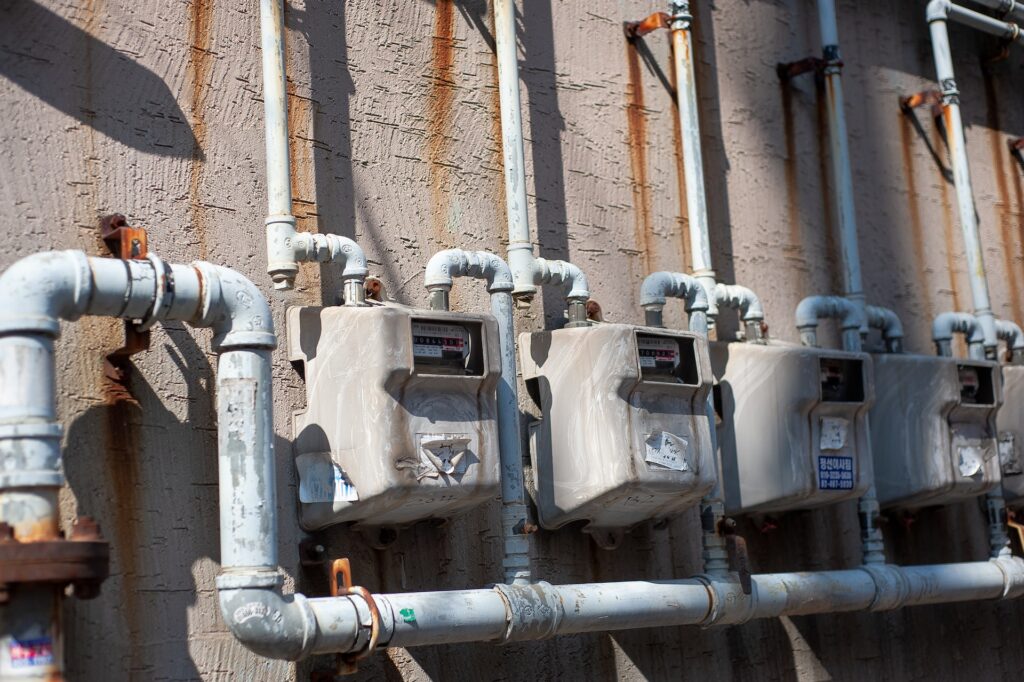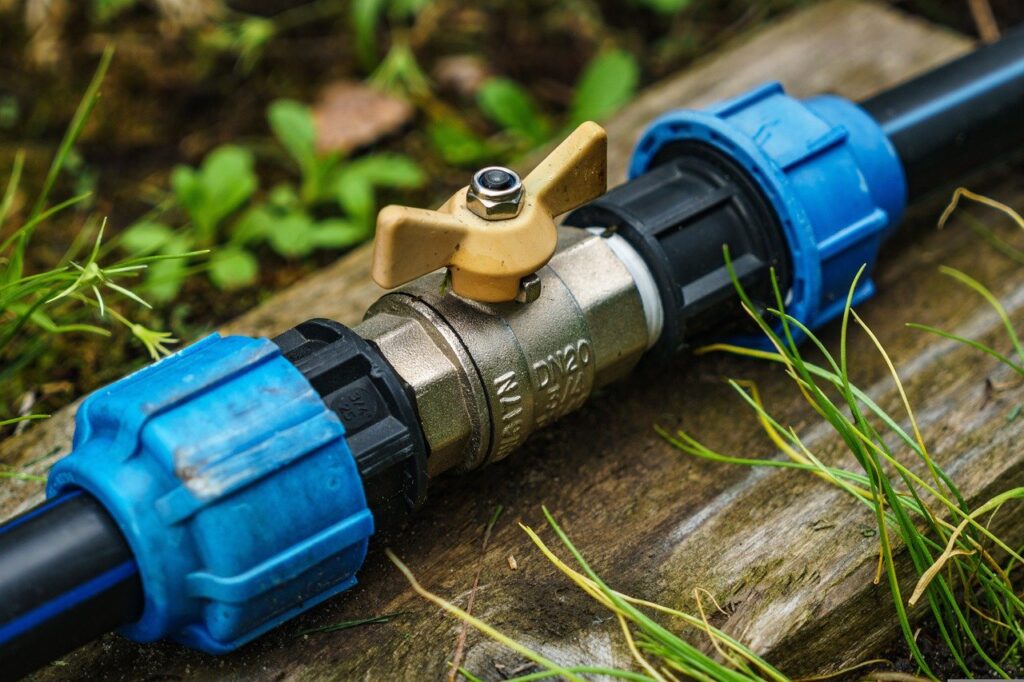In preparation for winter, some people consider blowing out their water systems using their air compressors. If you don’t know how to blow out water lines with an air compressor, you should start learning to protect your water supply.
Contents
How to Blow Out Water Lines With an Air Compressor
Make sure you use a good quality air compressor to blow out water lines. Doing it is easy as long as you have the necessary tools. The larger the diameter of your water lines, the larger the compressor you usually need.

Here is the step-by-step process for blowing out water lines with your compressor:
Shut off the Water
First, you must turn off your water supply and drain your water pipes. This is to make the blowing-out process smoother. The whole point of blowing out your water line is to keep it clean, spot any leaks, and enhance its protection.
You can let your water pipes drain naturally. However, it’s still better to blow them out just to make sure there are no underlying problems. Fixing your clogged pipes by blowing them out is not recommended and might do more damage.
Make Sure the Water Is Fully Drained
Check every faucet and hose bib at your home, you have to open them too. This will help release some pressure on the pipes to help with draining. If you fail to open most of your faucets and bibs, there might be more water stuck inside your lines.
The draining process could take hours depending on how large and how many your water pipes are. You have to make sure that each pipe is drained correctly if you want to avoid any unnecessary problems while blowing out.
Check Your Air Compressor
This is where the actual blowing-out process begins. Start by reading your compressor by turning it on. The power needed for the process depends on the pipes in your water system. You can also refer to your compressor manual if they have and check if they have instructions related to blowing out water lines.
Most households use PVC pipes, and you would need around 80 PSI to blow it out properly. Make sure you also know how to set the air compressor properly.
Secure the Hose
Now that your compressor is ready, it’s time you work on the hose. First, just turn off the compressor for later use since it might take some time for you to secure the hose especially if it’s your first time.
The hose needs to be as long as you need for it to connect between your compressor and the water pipes. This means you need to measure the distance between where you will place your compressor and the lines beforehand so the hose will have the right length.
Also, make sure that the hose you are using is clean and has nothing inside it as well as your compressor.

Connect the Hose
Now you can connect the hose to the compressor and to the water pipes. You might need to use an adapter to the hose bib if you have fitting troubles with the hose. The pipes aren’t designed to be used with compressors, so it usually doesn’t fit.
Ensure the fit is snug and that there is no leakage in the hose which can affect the air pressure consistency. Otherwise, you might not clean out your water system properly.
Power the Air Compressor and Open the Compressor Valve
It’s now time to start blowing out the water lines. Turn on your compressor and make sure it is working properly. Make adjustments to the compressor settings if you think it is not working properly.
Make sure you open your air compressor valves and the backflow valves are shut off. This ensures air will be blowing into the lines at a steady rate. You will notice some wet spots in certain areas of your yard as this is the effect of water and particles dispersing from your water pipes.
If you suspect any debris could fly out from the pipes, wear protective clothing and goggles to be safe.
Keep the Blow Out Process Smooth
As the blowing out process is going, read the pressure readings from time to time. Make sure it does not go over the maximum level of what your compressor can do, or it could malfunction your machine.
The airflow gets quieter as the process progress since most of the particles and dirt are being blown out, and the air will face less resistance. The pressurized air will blow out freely, and that’s when you know your water system is cleaned out.
That’s how you basically blow out your lines. Make sure you clean up after the process. Disconnect the hose, drain your compressor, and double-check the water system if there is trapped pressurized air inside.
Equipment You Need
You only need to prepare three items, and they are:
- Blow-out plug – works as an adapter that connects your air hose to the pipes
- Hose – acts as a medium for the air from your air compressor to blow through the water system more accurately
- Air compressor – machine for blowing out air needed for you to clean out your lines
There might be other equipment or materials you need depending on your situation. However, these three are the core for doing the whole blowout process.

Why You Should Use an Air Compressor to Blow Out Water Lines
Blowing out your water system is a good way to clean them out for any dirt or lodged objects. It’s also a good way to keep it in good condition if you live in areas where temperatures can go below freezing point.
If there is water inside the water pipes and it freezes, it will expand and turns into ice. This process may cause cracks or breaks in your water system, which will prompt you to make repairs and spend to fix them.
Hence, it’s better to blow out your water system from time to time to avoid such repairs. Remember, you might replace the whole water line system depending on the damage done by freezing ice or lodged small objects.
Blowing Out RV Water Lines
Blowing out RV water lines is also a thing if you plan on getting into the van life or just want to camp outdoors on a vacation. Doing so helps flush out any dirt or residue in the RV water pipes and prepare them for the winter.
Here’s a step-by-step process on how to blow out RV water lines:
- Make sure you disconnect any form of water heater and anything that is connected to your RV water line. This is to ensure your safety throughout the process.
- Open all your faucets and drain the toilet. Also, drain your holding tanks.
- Disconnect any type of water filtration system on your RV.
- Attach/screw a blow out plug into your RV’s exterior water inlet.
- Attach a hose from your compressor to the blow out plug.
- Set your compressor to the recommended setting which is usually 30 to 40 PSI. Going over the recommended pressure like 100 PSI may cause damage to your lines and overwork the machine.
- Turn your compressor on and let it do its work. Also, make sure that your valves are open to drain the pipes.
Conclusion
Blowing out water lines is an essential thing to do, especially if you live in an RV and somewhere cold. It ensures that your water system is clean and not contaminated. Knowing how to properly do it ensures you are using clean water.
